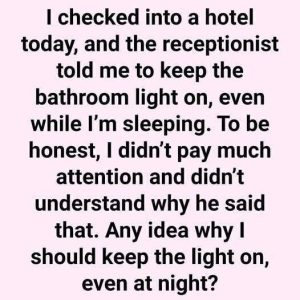Tipping at nail salons is more than a mere financial courtesy — it’s a meaningful way to acknowledge the time, skill, and dedication nail technicians bring to their craft. Technicians often train for years to master detailed work, from shaping and cuticle care to acrylics, gels, and intricate nail art. Tipping therefore becomes a symbolic and practical gesture: it affirms the technician’s professionalism and reinforces the client-technician bond, built on trust, respect, and appreciation.
Clients often wonder whether they should tip for all types of salon services, even the basic ones. The answer is yes: tipping is generally expected across the board, from a simple manicure to deluxe spa pedicures. Even shorter or less “fancy” services involve hygiene, careful tools, and painstaking work, so tipping recognizes the consistent effort. Since many nail technicians depend heavily on tips to supplement their base pay, consistent gratuities help support their livelihood and uphold the service relationship.
A common question is how much to tip. Industry-wide guidance suggests tipping roughly 15–20% of the service cost. For services that take more time — like acrylics, gel sets, or complex nail art — the tip may lean toward the higher end of that range, or even beyond 20% for exceptional work. Some go as high as 20–25% for very detailed artistic services.
Several factors influence how generous a tip should be. Service complexity is a big one: more intricate treatments or custom designs justify a higher gratuity. Quality of service also matters — if the technician is friendly, attentive, or goes above and beyond, tipping more is a way to show gratitude. The duration of the appointment plays a role, too: longer sessions usually warrant a bigger tip. The salon’s prestige or location can influence expectations: upscale salons or those in big cities may call for more generous tipping.
It’s helpful for frequent salon-goers to develop a personal tipping routine. For instance, clients might decide in advance to tip 15% for a basic manicure, 18–20% for a pedicure, and 20% or more for nail art or premium services. Choosing to tip in cash is often preferred, because technicians may receive the full amount directly. Some salons allow tips on card, but there may be processing or sharing policies. It’s also courteous to tip each technician separately if multiple people work on your services (for example, one person for polish and another for cuticle or design work).
In the end, tipping at nail salons is more than a transaction — it’s a form of recognition and respect. The standard 15–20% guideline reflects common expectations, but tipping is flexible: clients can adjust based on the effort, time, and creativity involved. By understanding these norms and using thoughtful discretion, clients can fairly reward their technicians and contribute to a salon atmosphere built on trust, appreciation, and mutual respect.



